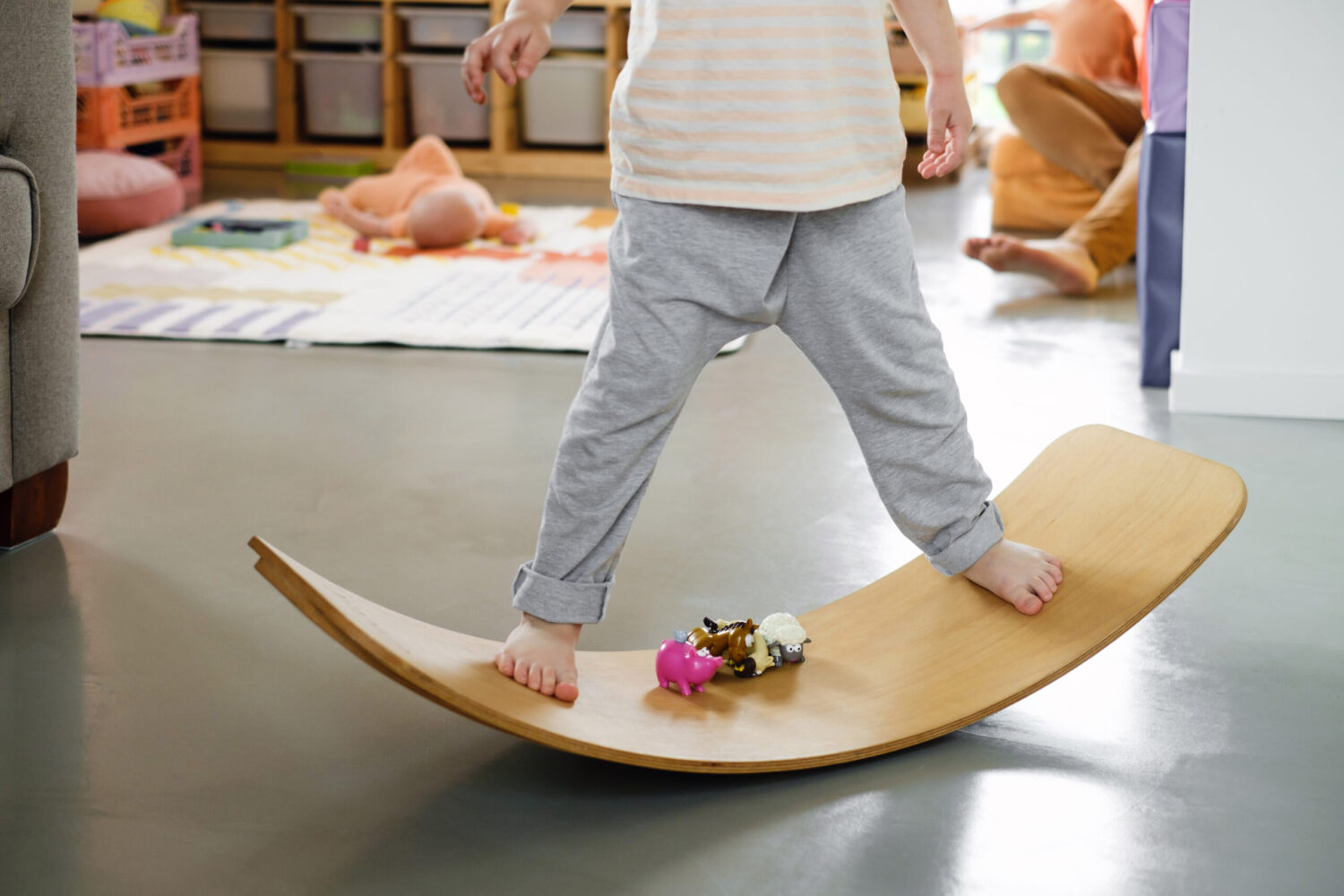8 Simple Ways to Boost Your Child’s Balance & Coordination
Balance and coordination are essential for children’s development, helping them navigate the world with confidence and ease. Here are 8 simple ways to encourage these crucial skills at home:
1. Tummy Time Triumphs:
- Why it Matters: Tummy time is crucial for infants. It strengthens neck, back, and core muscles, preparing them for rolling over, sitting up, and eventually walking.
- Tips for Success:
- Start with short sessions and gradually increase the time.
- Place engaging toys within reach to encourage them to lift their head and reach.
- Use a playmat with interesting textures and patterns to stimulate visual development.
2. Outdoor Adventures:
- Why it Matters: Outdoor play offers countless opportunities for balance and coordination development.
- Tips for Success:
- Let them explore different terrains: walk on grass, sand, and uneven surfaces.
- Climb trees (with close supervision!), swing, and ride tricycles or bicycles.
- Play in the park, using swings, slides, and climbing structures.
3. Ball Games Galore:
- Why it Matters: Ball games are a fun way to improve hand-eye coordination, balance, and spatial awareness.
- Tips for Success:
- Play catch with a variety of balls (beach balls, soft balls).
- Kick a soccer ball or toss a frisbee.
- Play simple games of bowling with water bottles or stuffed animals.
4. Dance to the Beat:
- Why it Matters: Dancing and moving to music enhance rhythm, coordination, and gross motor skills.
- Tips for Success:
- Put on some lively music and dance with your child.
- Encourage them to experiment with different movements: jumping, twirling, swaying, and making animal motions.
- Join a family dance class or take them to a children’s dance studio.
5. Create an Obstacle Course:
- Why it Matters: Home obstacle courses are a fun and challenging way to improve balance, coordination, and problem-solving skills.
- Tips for Success:
- Use pillows, blankets, chairs, and toys to create a unique course.
- Encourage your child to crawl under, climb over, and balance on different surfaces.
- Make it interactive by adding tunnels, hoops, and stepping stones.
6. Unleash Creativity with Sensory Play:
- Why it Matters: Sensory play activities like playdough, painting, and building with blocks help develop fine motor skills, hand-eye coordination, and spatial awareness.
- Tips for Success:
- Provide a variety of sensory materials: sand, water, slime, finger paints, and playdough.
- Encourage them to use their hands and fingers to explore and manipulate these materials.
- Build towers with blocks, create art projects, and mold shapes with clay.
7. Yoga for Little Ones:
- Why it Matters: Yoga introduces children to mindfulness, flexibility, and balance.
- Tips for Success:
- Find child-friendly yoga videos or books online.
- Practice simple poses like downward-facing dog, tree pose, and mountain pose.
- Make it fun by incorporating animal sounds and storytelling.
8. Encourage Everyday Activities:
- Why it Matters: Everyday activities can also contribute to balance and coordination.
- Tips for Success:
- Encourage independent play: letting them dress themselves, pour their own drinks, and eat with utensils.
- Take them for walks and encourage them to walk on tiptoes, heel-toe walk, and hop.
- Provide opportunities for climbing stairs and carrying small objects.



